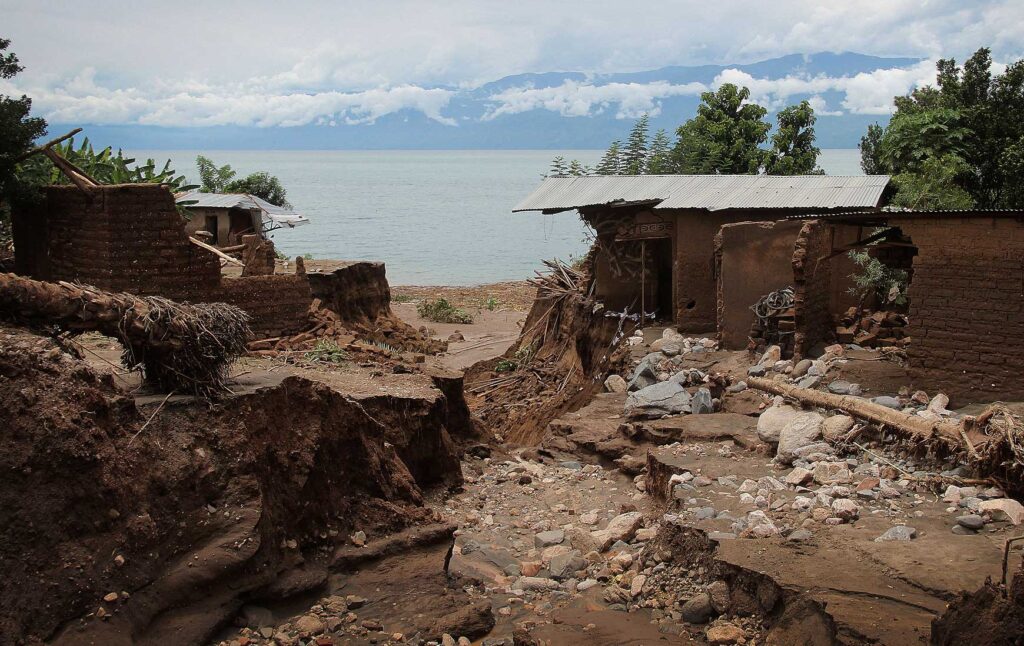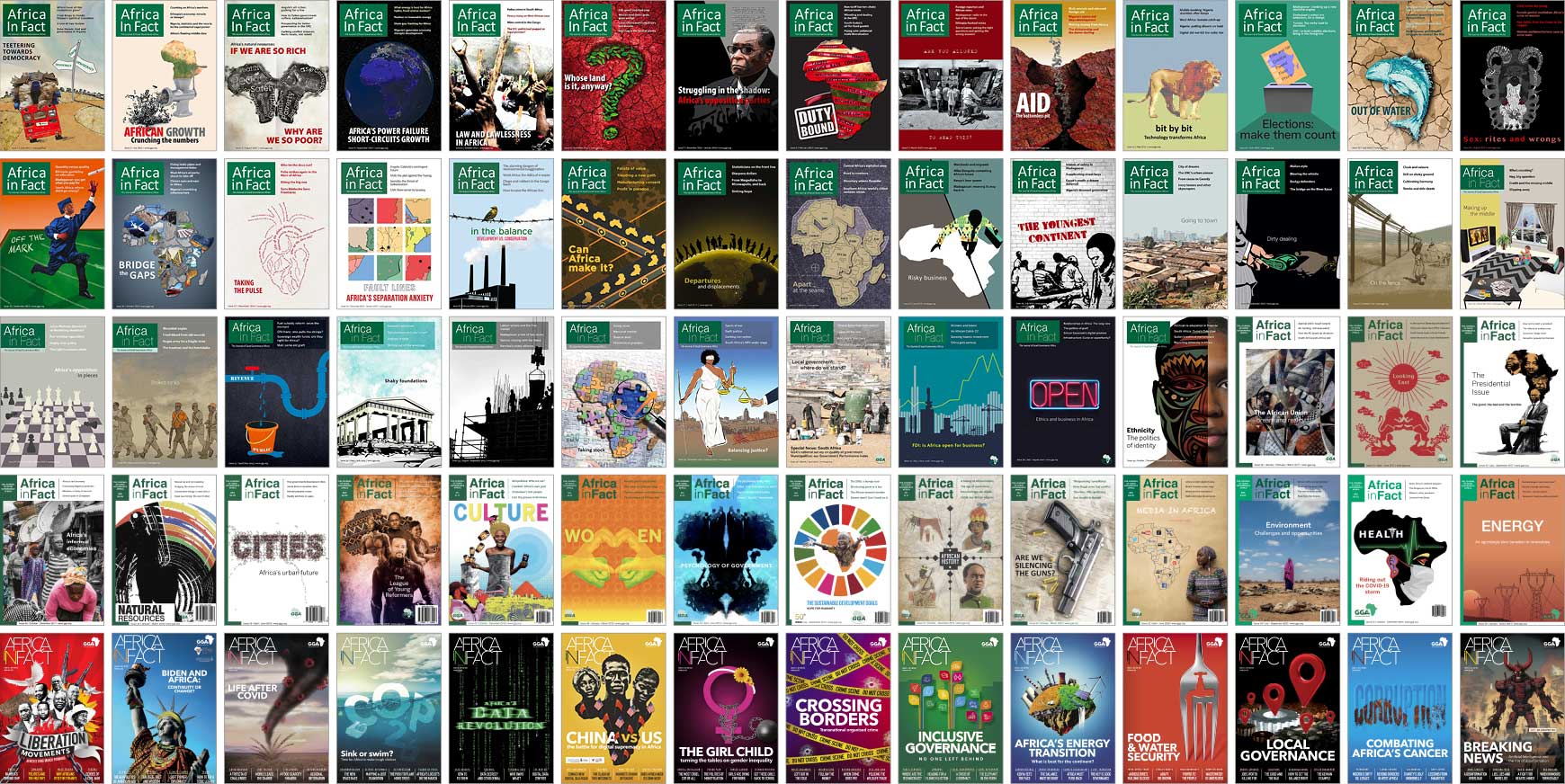Burundi, a landlocked country located in the heart of East Africa, bordered on the north by Rwanda, on the west by Democratic Republic of Congo (DRC), and on the south and east by Tanzania, has an estimated population of 14,390,003, making up 0.17% of the global population. The country covers a total area of 5,680 km2 and has a population density of 14.9%. The median age in Burundi is approximately 16.4 years, according to statistics from Worldometer.
Widespread displacement in Burundi is the result from conflict, climate change, natural disasters, and man-made circumstances. Oxfam highlights that migration from rural to urban areas has led to urban poverty, characterised by increasing economic and resource disparities.
Displacement has also been due to the redevelopment of urban areas, the extension of construction into peri-urban areas, and the conversion of agricultural lands into urban areas. This has led many people to settle in unplanned areas, often lacking adequate resources due to governance challenges, causing a scarcity of essential services such as water, sanitation, waste management, and transportation.
According to Oxfam, 58% of Burundi’s urban population resides in unplanned areas; less than 5% of the population has access to electricity, including 52.1% of urban households and 2% of rural households. Access to water and sanitation remains limited.

The World Bank’s multidimensional deprivation indicator reveals that the country’s urban areas experience lower deprivation levels than rural regions, with 48% in the commercial capital city, Bujumbura, 64% in other urban settings, and 71% in rural areas. However, Burundi’s urbanisation rate does not accurately reflect the situation on the ground, as land parcels in Bujumbura and other cities are either unregistered or have outdated registrations, with transactions such as successions and sales often unreported. This discrepancy arises from shortcomings in the current urban classification system and the concentration of households along major transport corridors. Consequently, urbanisation in Burundi shows weak links to economic growth and land ownership rights beyond the main city.
Burundi’s towns and cities are characterised by communities spread out over extensive areas with low population densities, lacking efficient spatial organisation. Rapid population growth in Bujumbura, however, has fuelled by rural-urban migration, has resulted in quick urban growth and unplanned sprawl, leading to informal settlements with inadequate infrastructure.
Bujumbura, once the political capital with an estimated population of 769,317, is now Burundi’s main economic centre and primary port. Gitenga, the current political capital with a population of 69,904, is located 68 km east of Bujumbura. Ngozi, bordering Rwanda to the north, has a population of 66,716, while Rumonge, situated on the shores of Lake Tanganyika, has a population of 55,599.
The responsibility for urban planning and local infrastructure provision remains unclear due to insufficient financing and staffing across all levels of government. Although the national government provides annual investment grants, municipalities continue to face challenges, as the allocated amounts are inadequate for the larger ones. Municipalities also struggle to increase their revenue sources due to the complexities of the land registry.

While climate shocks worsen existing inequalities, they also highlight the need for disaster preparedness, effective urban planning, and robust emergency response agencies, ultimately hindering the development of sustainable cities.
A World Bank analysis indicates that Burundi loses 38 million tons of soil annually due to acute degradation caused by erosion and sediment loss. Burundi’s constant wet conditions stem from the regular climatic fluctuations of the El Niño Southern Oscillation (ENSO) and the Indian Ocean Dipole (IOD). These fluctuations lead to varying water levels in Lake Tanganyika to the southwest, contributing to displacement from natural disasters and hazards. According to the World Bank, the country ranks 22nd most vulnerable to climate change, yet it emits less than 0.02% of the world’s greenhouse gases (GHGs). It is also the 20th least prepared country to adapt.
Areas of high population density and hilly terrain create favourable conditions for flash floods and landslides, leading to severe humanitarian and economic impacts, including food insecurity and reduced crop yields. With the growing frequency and intensity of heavy rainfall, landslides and flooding increasingly affect urban areas. Climate-related hazards endanger nearly all sectors of the country, including infrastructure, water resource management, agriculture and livestock, fisheries, health, and the ecosystem.
The Burundi Colline Climate Resilience Project, run by the World Bank, locally known as Nagura, seeks to enhance land productivity and climate resilience for vulnerable communities while generating indirect employment across 80 collines (small administrative units) in targeted sub-watersheds. The initiative addresses shortcomings in integrated policies and coordinated institutional responses, the fragmentation and degradation of watersheds, the limited scope of community-led climate action, and access to financial resources.

Burundi’s advancement toward the UN’s Sustainable Development Goals (SDGs) shows that much work lies ahead. The SDG index places Burundi at 143 out of 166, with an index score of 56.08. At the same time, the spillover effect is noted as 95:77. Goal 11 (sustainable cities and communities) highlights ongoing challenges, as the proportion of people living in slums remains high despite some moderate gains in access to improved water sources. Unfortunately, there is no data on the percentage of the population with convenient access to public transport in urban areas. Additionally, the annual mean concentration of particulate matter (PM2.5) continues to be a significant concern.
Under Goal 13 (climate action), difficulties persist, particularly concerning carbon dioxide (CO2) emissions from fossil fuel and cement production. Although progress has been made regarding Greenhouse Gas (GHG) emissions embodied in imports, information about CO2 emissions from fossil fuel exports is unavailable. The country has achieved moderate progress toward these goals, yet much more remains to be done.
It is against this backdrop that I suggest the following governance and policy recommendations:
- Rehabilitating soil erosion and combating land degradation: to restore fertile land and reduce the risk of flash floods and landslides, community disaster initiatives should be implemented across cities, along with establishing early warning systems to address potential issues that might arise.
- Intelligent urban planning: Priority should be given to creating safe, affordable, resilient cities with green and culturally enriched living environments. Urban, peri-urban, and rural areas must be fortified through national and regional development planning, fostering the creation of resilient infrastructure capable of withstanding environmental shocks and population growth.
- Integration of Target 11.9 into risk reduction policies in line with the Sendai Framework for Disaster Risk Reduction: The country should mobilise financial and technical resources to advance sustainable urban development through Goal 17 (partnerships for the goals). This initiative can be strengthened through multilateral partnerships involving various sectors, including inter-ministerial collaboration and the use of international funding without governmental restrictions.
- Fostering long-term resilience and sustainable development: Ensuring strong governance, promoting stakeholder collaboration, and continuing to invest in urban sustainability initiatives are essential for urban classification.
- Incorporating climate change into national policy frameworks: Implementing and overseeing these efforts requires clear timelines and robust monitoring and evaluation processes to enable evidence-based, adaptive decision-making and the integration of green infrastructure.
Strong policy coordination and governance: Engaging youth, community leaders, and government officials is essential and can be achieved by providing education in disaster response units, offering training and internships in green jobs, and incorporating climate change and urban resilience into school curricula.
Although urban resilience and climate action pose significant challenges in Burundi, the country can improve in both of these by using the monitoring and evaluation of its systems in line with SDG Goal 11 (sustainable cities and communities) and Goal 13 (climate action). These initiatives offer a comprehensive strategy that could yield beneficial outcomes in environmental restoration, urban planning, policy integration, and youth engagement. The SDGs can help clarify the urgency of the sustained actions for Burundi.



